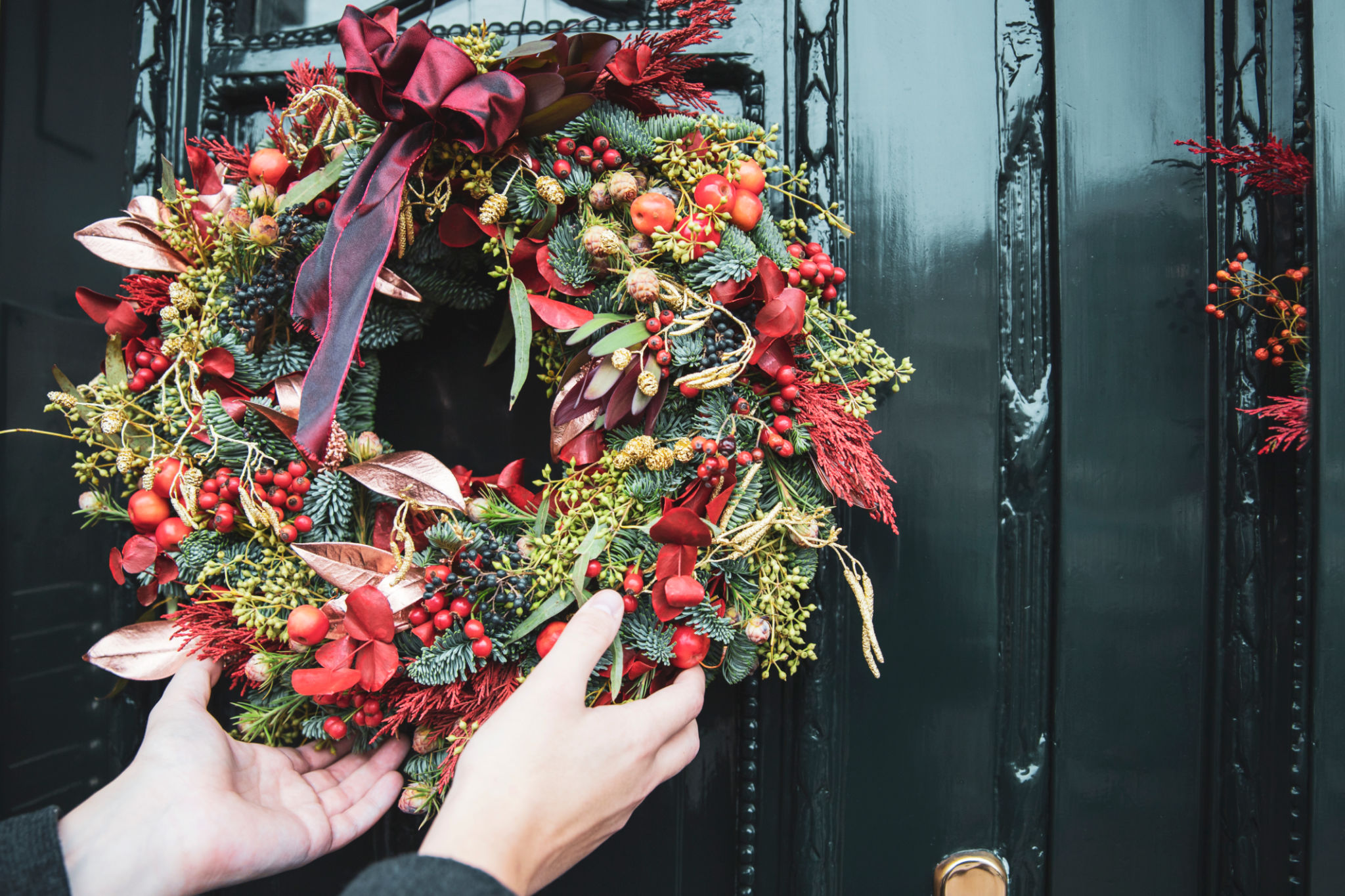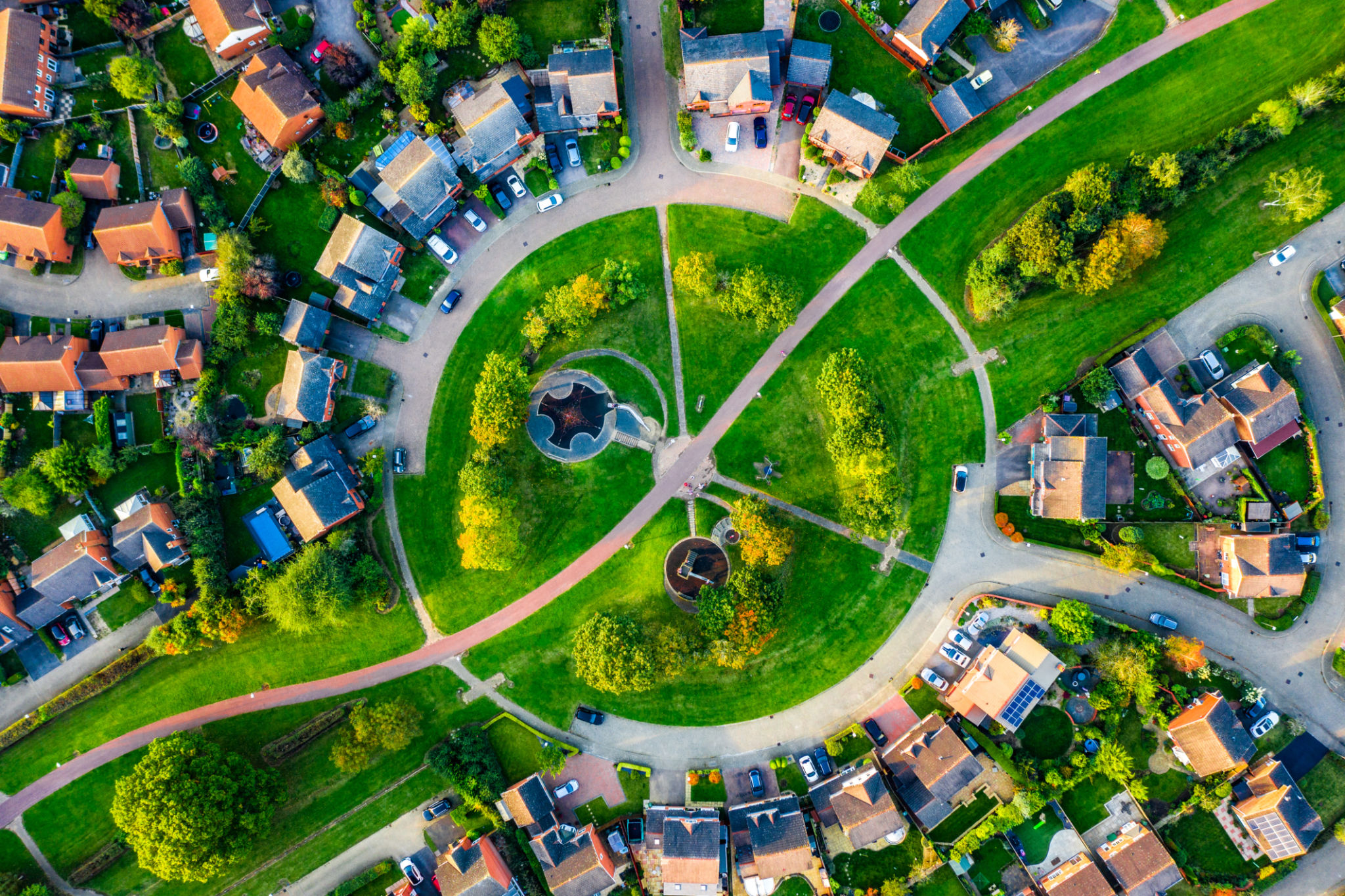Professional Drone Photography vs. Traditional Methods: A Comparative Guide
Introduction to Photography Methods
Photography has always been a vital tool for capturing moments, telling stories, and showcasing the world from unique perspectives. With the advent of professional drone photography, the industry has witnessed a paradigm shift. This guide compares professional drone photography with traditional methods, providing insights into their distinct advantages and limitations.

Understanding Traditional Photography
Traditional photography often involves the use of ground-based cameras, be it DSLRs, mirrorless, or film cameras. This method has a rich history and is known for its reliability and the depth it can bring to subjects. Photographers utilize lenses, lighting, and composition to create stunning images.
Advantages of Traditional Photography
Traditional photography offers several benefits:
- Controlled Environment: Allows photographers to manipulate lighting and angles to achieve the desired effect.
- High-Resolution Images: Professional-grade cameras often deliver superior image quality.
- Versatility: Suitable for various types of photography, including portraits, landscapes, and macro.

The Rise of Drone Photography
In recent years, drone technology has transformed the way we capture images. Drones allow photographers to access unique vantage points and capture aerial shots that were once impossible or extremely costly to achieve using traditional methods.
Benefits of Drone Photography
Drone photography brings several new advantages to the table:
- Unique Perspectives: Capture stunning aerial views that provide a fresh look at familiar subjects.
- Cost-Effective: More affordable than renting helicopters or planes for aerial shots.
- Flexibility: Drones can easily maneuver in tight spaces and difficult terrains.

Comparative Analysis
While both methods have their strengths, the choice between drone and traditional photography often depends on the project requirements. Traditional photography is unparalleled when it comes to controlled environments and intricate detail work. Conversely, drones excel in providing expansive views and covering large areas quickly.
Applications in Different Industries
Drones are particularly popular in industries like real estate, agriculture, and tourism where aerial views are crucial. Traditional photography remains essential in portraiture, fashion, and editorial work where intimate detail and artistic control are vital.

The Future of Photography
The future of photography lies in the integration of both traditional and drone methods. Many professionals are now combining these techniques to offer comprehensive solutions that leverage the best aspects of each. This hybrid approach ensures that clients receive versatile and high-quality visual content.
Conclusion
Ultimately, the decision between professional drone photography and traditional methods should be guided by the specific needs of your project. By understanding the strengths of each approach, photographers can make informed choices that enhance their work and push the boundaries of creativity.
